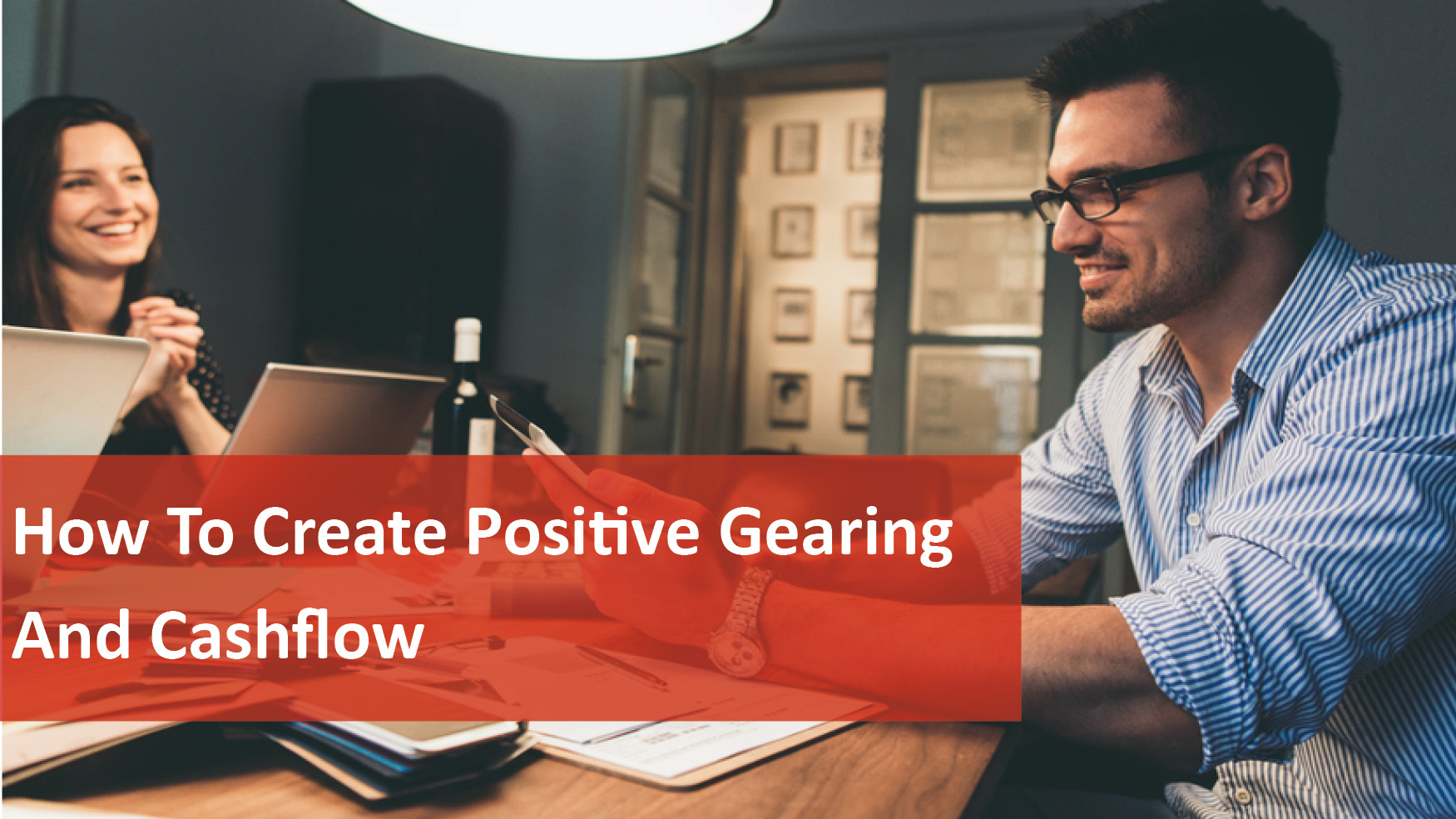
How to Create Positive Gearing & Cashflow
Positive gearing an investment property should be the end goal for every investor given it means that you are not outlaying any of your own funds, while the property also grows in value over time.
What does positive gearing mean?
Put simply, positive gearing occurs when the gross income generated by the investment is less than the cost of owning and managing the investment, including interest charged on the borrowings (payments reducing the principal component of borrowings is not included as a cost).
The investment generates a positive cash flow before and after taxation is taken into account.
For example, say you receive $2,000 a month in rent from your investment property but the mortgage repayments are only $1,500 a month.
Automatically you are $500 ahead every month, before tax, and even after tax is taken into consideration you would still be in front.
On the other hand, a positive cash flow property can be one that generates excess funds after tax, but not necessarily before.
So, at the end of the financial year, you may claim deductions such as depreciation, which means your refund is higher than any costs you’ve had to pay out of your own pocket for the property throughout the year.
Finally, capital growth is the amount that your property grows in value each year.
You can access this increased equity to purchase further properties as long as your loan-to-value ratio stays within specified bank parameters.
Can a negatively geared property become positive?
A negatively geared property is one where the cost of owning a property is more than the income it generates.
However, you can deduct this loss from your taxable income.
While you’re making a loss, your property’s capital value is (hopefully) growing.
Negatively geared investors are banking that this loss will be offset by their property’s potential capital appreciation.
Saving tax shouldn’t be the only reason for choosing an investment strategy, but nor should you ignore the tax benefits associated with negative gearing.
Many investors start out with a negatively geared property but over time these turn into positively geared ones.
While the passage of time and the increase in weekly rents will generally see more properties become positive geared, investors can also do their bit to help make this happen sooner.
A number of ways that investors can improve their properties, and consequently their rental income or cash flow, include:
-
Renovations/home improvements:
-
Adding extra features e.g. Air conditioning, dishwasher, etc.
-
Replacing existing features e.g. Carpet, light fittings
-
Redoing main rooms such as the kitchen or bathroom
-
Asking tenants which features could be added that they would pay more rent for.
-
-
Cutting costs:
-
Refinancing to a lower interest rate (especially in today’s historically low interest rate environment)
-
Switching to an interest-only home loan (which is the best type of loan for investors given paying off the principal portion of your loan is not tax deductible)
-
What are the risks of a positively geared property?
Proponents of negatively geared property over positive say that cash flow properties are usually less likely to generate strong capital growth.
This isn’t entirely true.
For an investment property to be positively geared, it generally needs to be more affordable, with strong weekly rent, which means they can sometimes be located in regional areas.
However, you can find positively gearing properties almost anywhere because the key ingredient is time.
Your portfolio may start out as negatively geared but eventually it will become positive as rents increase but the principal loan amount stays the same.
It remains important, however, for investors to do their research to ensure they are buying the best properties possible as well as giving themselves the best chance of holding them for the long-term.
Issues to be wary of include:
-
Buying a property in an area with little capital growth
-
Not calculating all of the costs involved in owning an investing property – i.e. Repairs and maintenance
-
Not being able to cover mortgage repayments during vacancy periods

